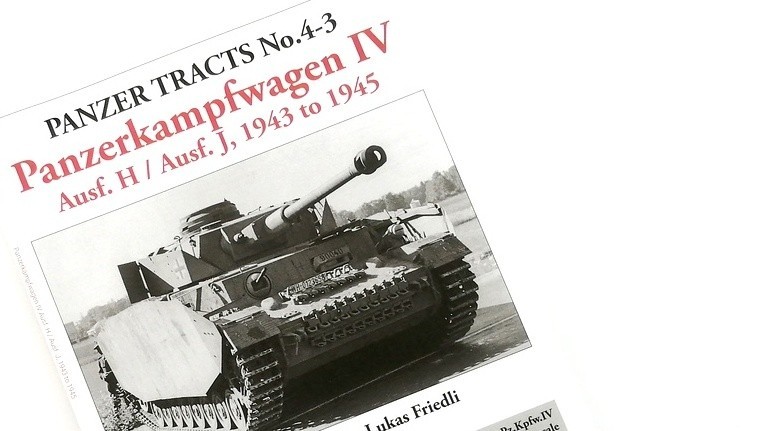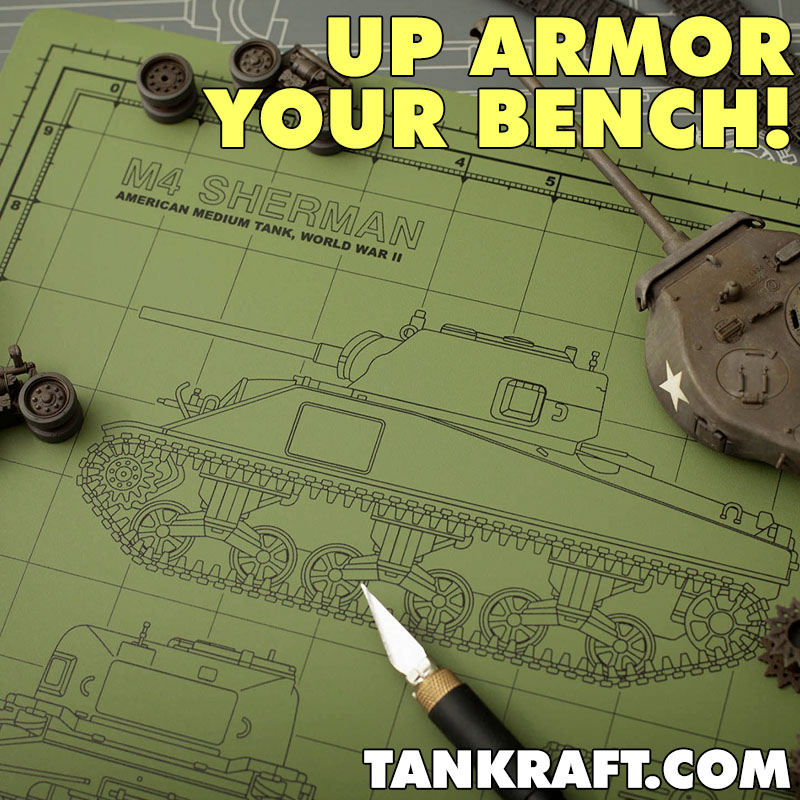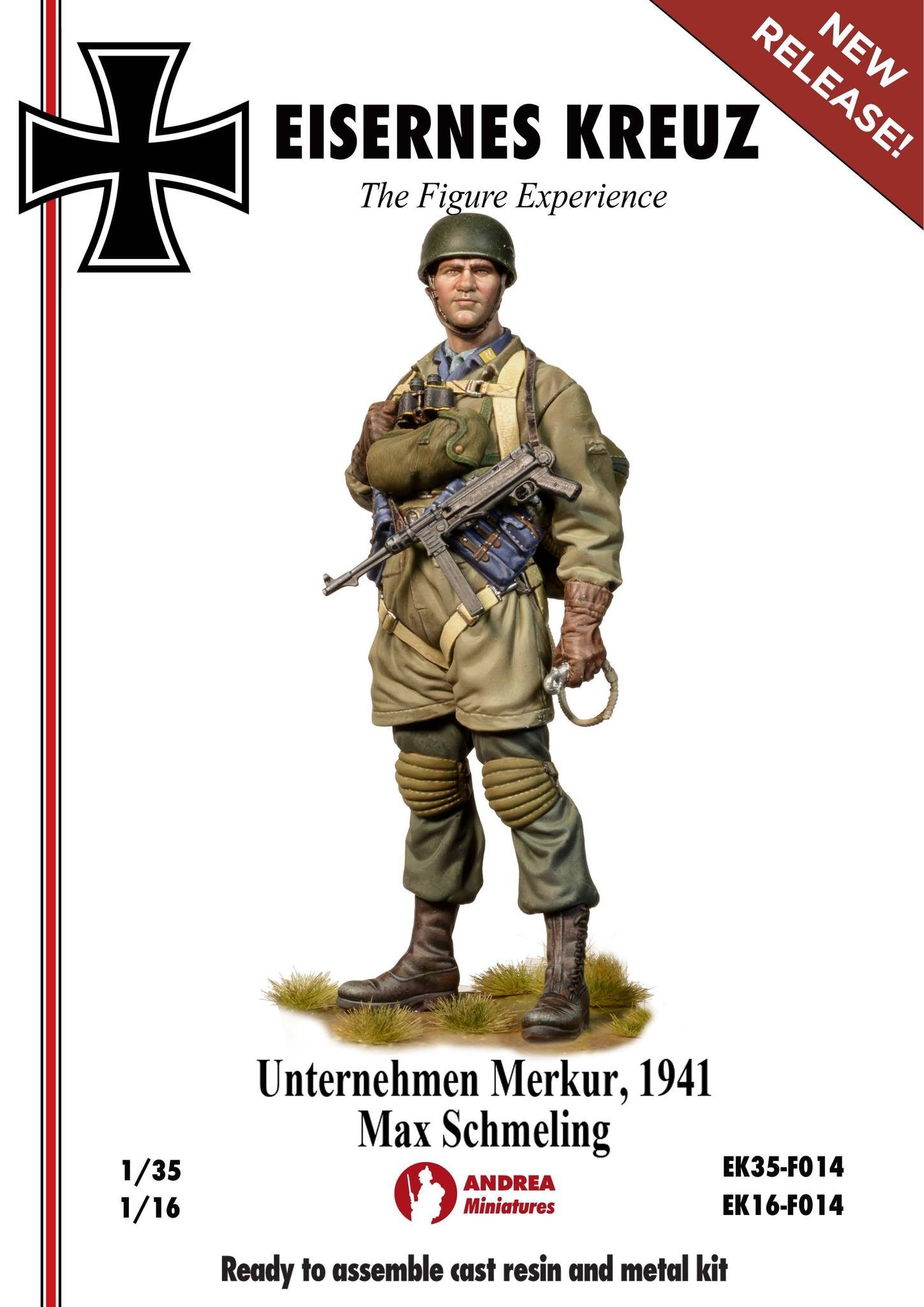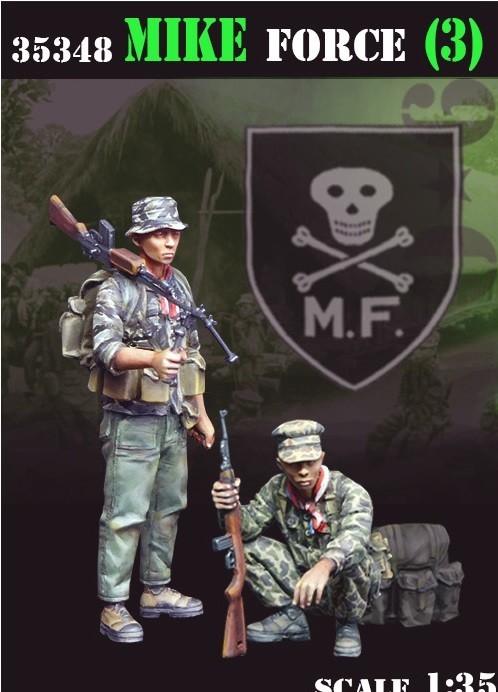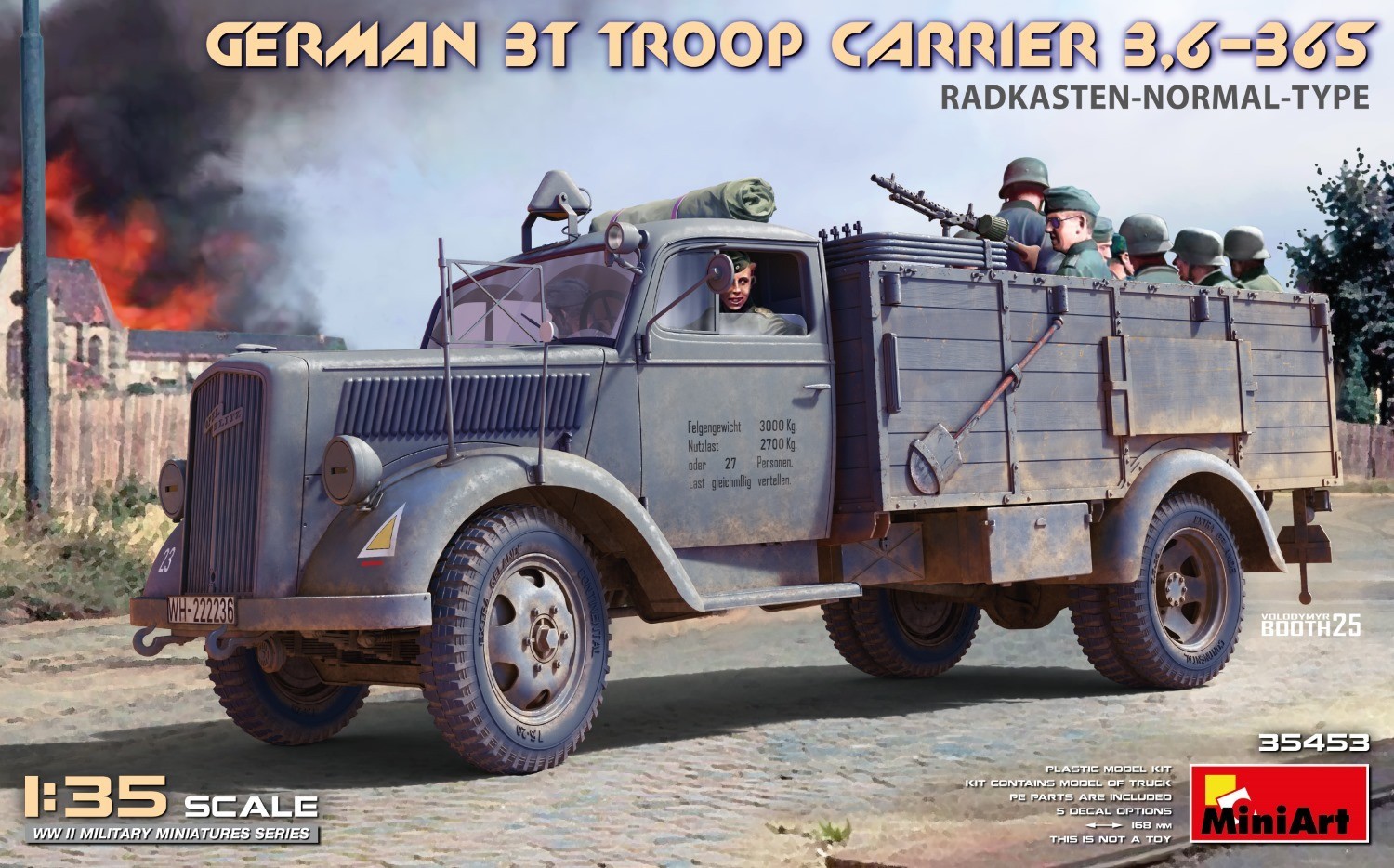Volume 4-3 of the Panzer Tracts, dedicated to the latest versions of the Panzerkampfwagen IV, has also been re-released by Panzerwrecks in an improved format. It is a book of 84 pages in A4 format with a soft cover and good quality glossy paper. The Ausf. H and Ausf. J versions of the Panzer IV that are covered in this book were the last variants, and the ones that were produced in largest numbers.
Also included are the artillery observation and the command versions, as well as comprehensive information on the schürtzen. The book has a good amount of text, very clear photos with detailed captions and an exceptional set of drawings.
Of note is the use of pages in the Panzer Tracts volumes, which is taken to the maximum in this case, as the inside front cover has the index and a photo, and even the back cover has an extensive summary table of production changes.

In detail
As usual in the Panzer Tracts series, their research is based solely on original documentation and direct measurements by the authors. This gives their work a high degree of reliability and sometimes allows to dispel myths that have long been taken for granted.
The book opens with an introduction, which in itself is a good source of information on the Schürzen.
The second section deals with the Panzer IV Ausf. H. It details the changes from the Ausf. G, the assigned manufacturers and production (with chassis numbers) and the changes that were introduced during the period of production.
Accompanying the text are a number of photographs with captions explaining the special features of the vehicles as described in the previous text. The photos are of good size, almost all of them half page.
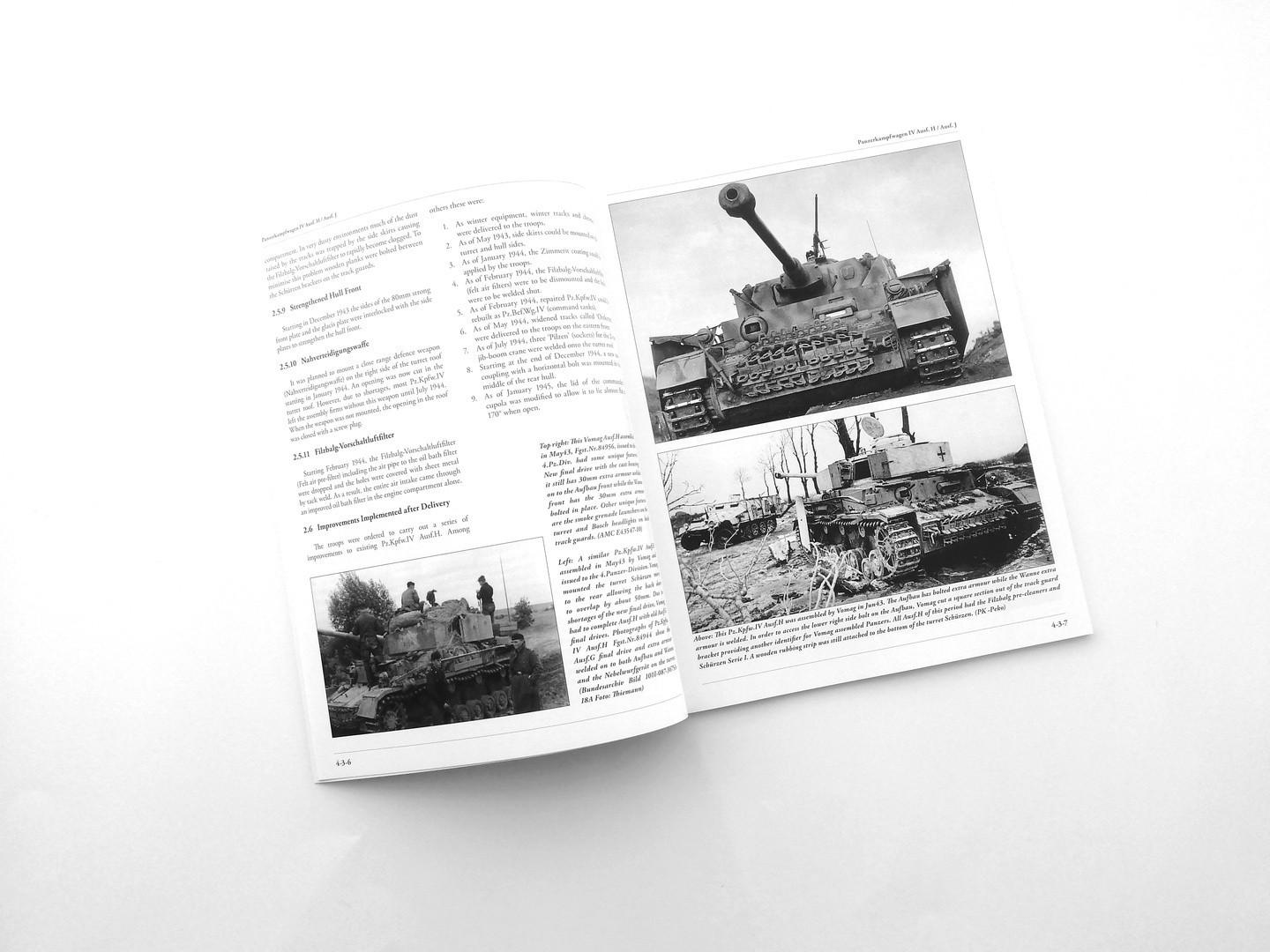
Next are 26 pages of drawings by Hilary Louis Doyle. Included are five 1/35 scale views (top, front, rear, left, right) of the main variants from various manufacturers, plus command and observation versions.
There are also plans in 1/20th scale of the Schürtzen, separated by panels, and in 1/10th scale of the pre-filter air mounts, antenna, periscopes and commander's cupola. The use of this larger scale allows more detail to be seen.
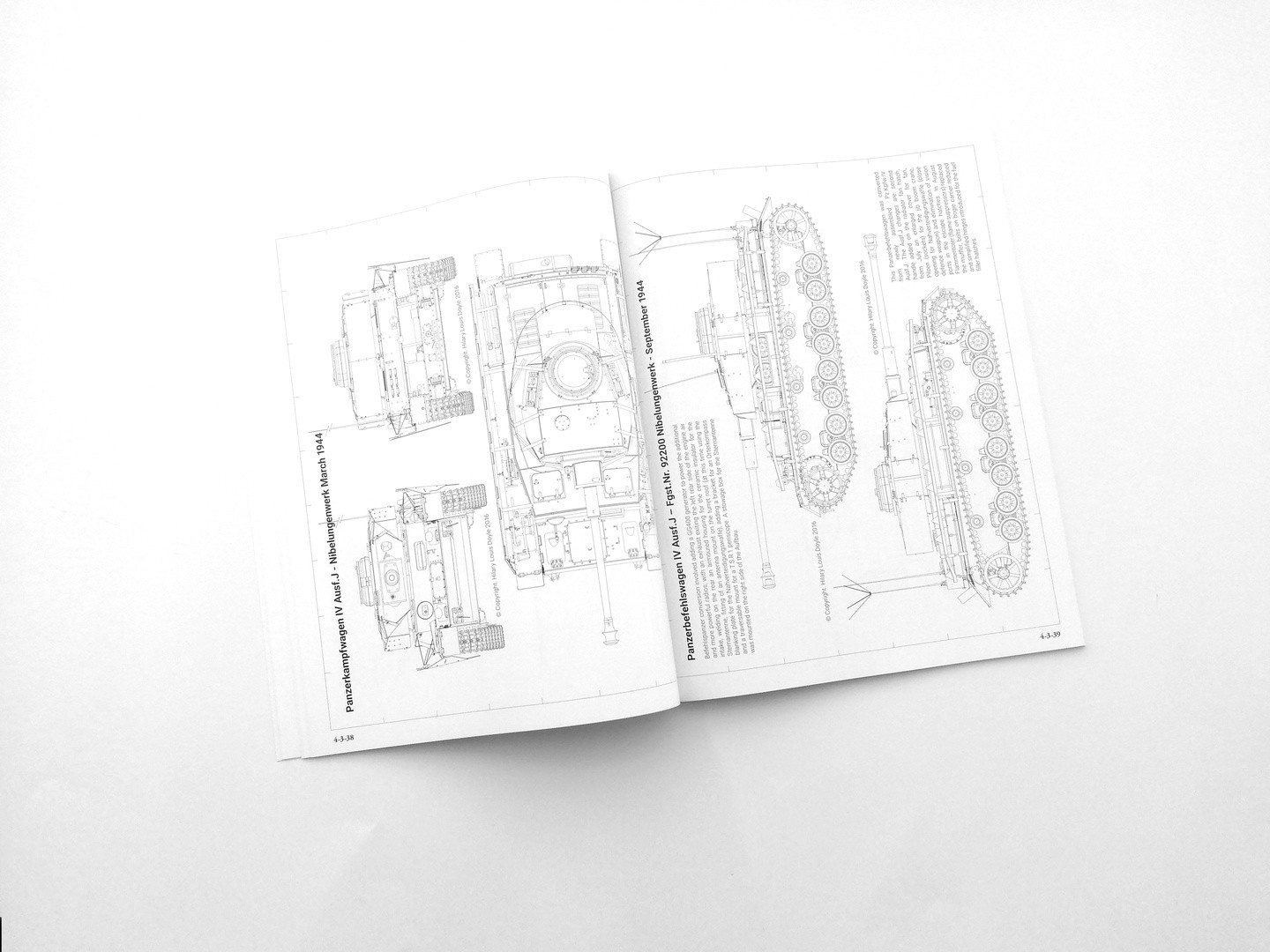
The third section deals with the Panzer IV Ausf. J, starting with the changes from the H version and going on to describe the modifications introduced during production.
Again there are numerous photos of this variant with detailed captions.
The fourth section deals with the Panzerbeobachthungwagen, the artillery observation variant, with its specific characteristics and allocation to units.
The fifth section describes the characteristics of the Panzerbefehlswagen IV (a Command tank) with the radios it carried, production and other data.
Chapter six on page 82 is an analysis of the armour and gun capabilities.
The history of operational organisation is a good summary of the organisation of the Panzer divisions in terms of their use with the Panzer IV, as well as comparisons with the assault guns.
The last page shows which other countries received these versions of the Panzer IV both during and after the war, and how many of them.
Finally, the back cover is the most useful I have ever seen, as it contains a complete summary table of all documented production changes, with the date of their introduction, as well as production totals by factory and month.

Conclusion
A great reference for the latest versions of the Panzer IV. Apart from a reliable text, there is an excellent set of 1/35 scale drawings, useful for checking details and dimensions, a good collection of photos with detailed captions, and a summary table of production changes.
Additionally, the new Panzerwrecks edition improves the images, which have been processed to be sharper and clearer, adds a real book binding (no more stapled pages), and text organization and page layout have been reworked for good.
All these features make this volume absolutely recommendable for anyone interested in the last versions of the Panzer IV.











